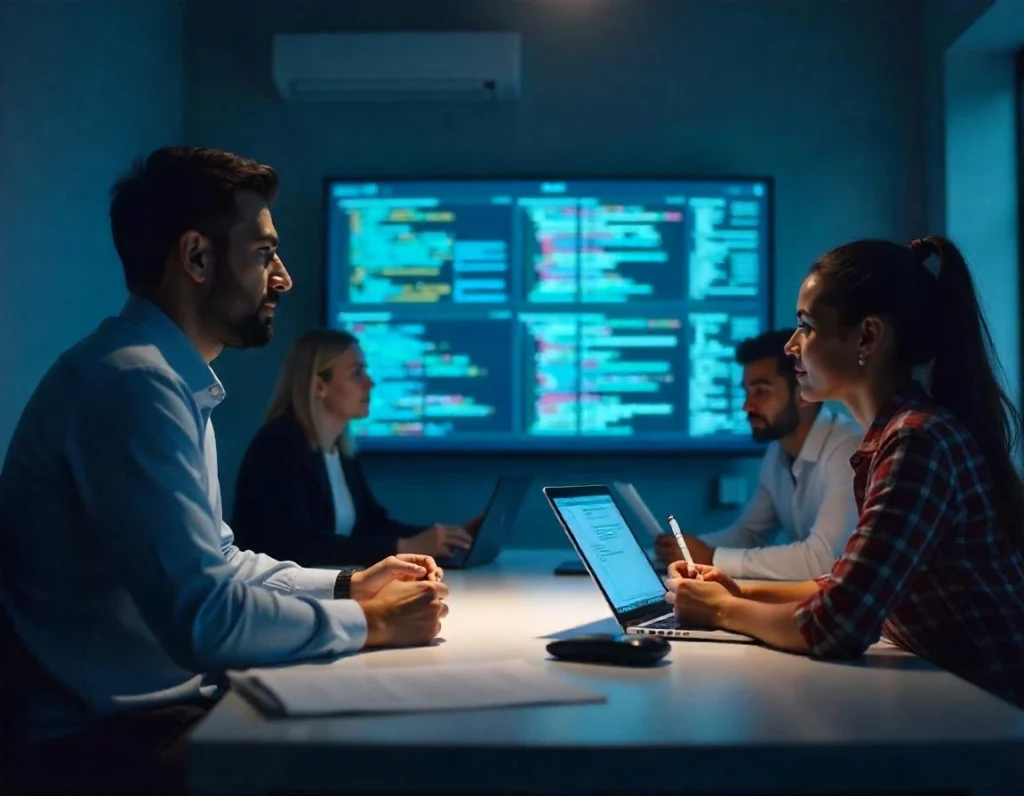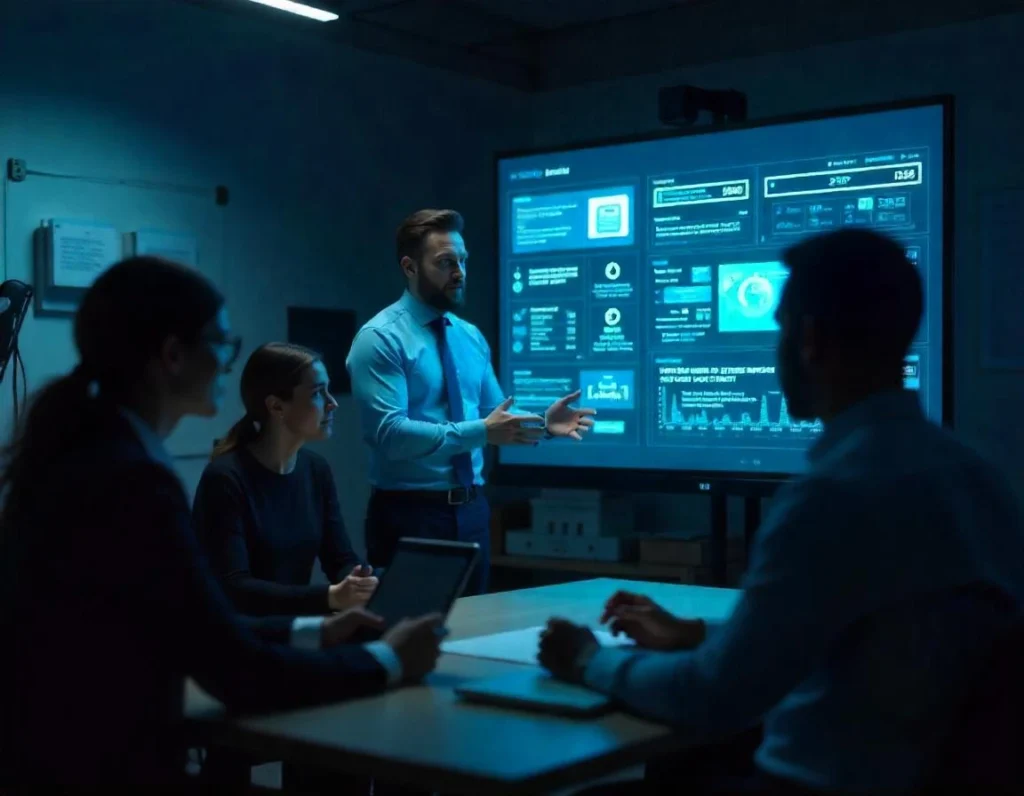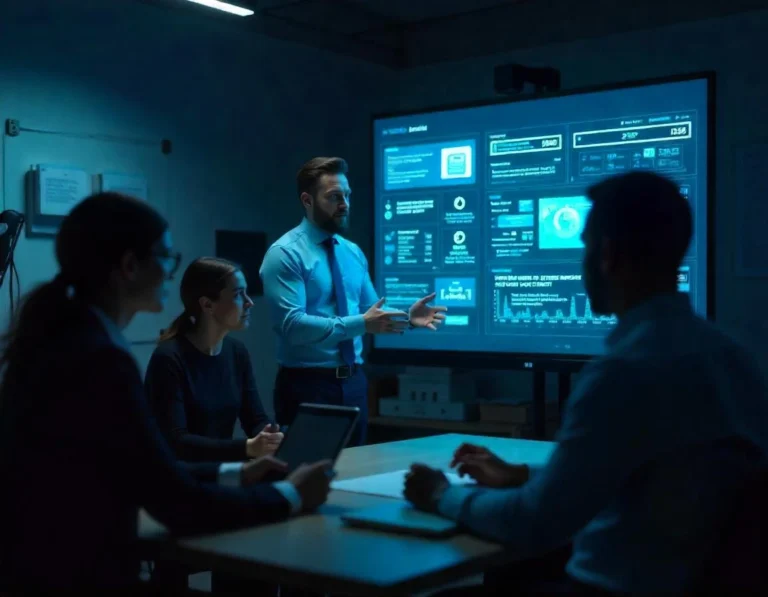Building an application is like constructing a house – a complex process requiring meticulous planning and execution. It’s essential to ensure not only that the building is solid, functional, and safe but also comfortable and aesthetically pleasing.
Just as solid foundations are essential for the stability of a building, security is the foundation of any successful application. On the other hand, aesthetic appeal and functional interior make the house more welcoming for its residents. How can we merge these two aspects to create a product that meets customer expectations? The answer lies in this article.
Security and usability in IT projects – Project challenges
Designing an application is the art of balancing on the fine line between functionality and aesthetics. Priorities may vary depending on the business model. In B2C, where the end user is an individual consumer, an intuitive interface and positive user experience are crucial. In B2B, where software supports business processes, security and reliability take precedence.

Can security and usability coexist in IT projects?
Unfortunately, there’s a common misconception that high security equates to poor user experience. It’s time to dispel this myth – this is not a rule. Modern technologies allow us to combine advanced security measures with a user-friendly interface.
What security measures are we talking about?
Two-factor authentication:
One of the most effective ways to protect user accounts, adding a verification step, like a code sent to a mobile phone, significantly complicates unauthorized data access.
Strong passwords:
While it seems obvious, it’s worth emphasizing the importance of creating unique, complex passwords. Believe me, required characters aren’t the app designer’s whim.
Regular updates:
Starting your computer and getting another update notification may be annoying, but keeping software updated is essential to close potential security gaps.
User training:
Educating users on good security practices online is as important as technical safeguards. Unaware users often reuse passwords for different accounts, creating significant risks.

Increasing user satisfaction without compromising security
Customization Options – Adapting the interface to each user’s individual preferences increases their engagement. Too much unnecessary information can hinder the usability of the system. A prime example is guidance on standards in SCADA system design.
Thorough Onboarding – The onboarding process for new users should be as simple as possible yet thorough. Well-designed IT solutions support faster onboarding for new employees.
Clear Error Messages – In case of errors, messages should be clear and suggest possible solutions. Clear information helps users respond quickly (e.g., changing a password), ensuring their security.
Regular Testing – Regular application testing and ongoing technical support can help identify and resolve potential issues.
Just as an architect must consider both technical and aesthetic aspects, a software creator must combine cybersecurity knowledge with user interface design skills. Only in this way can we create an application that is both robust and appealing to users.
Contact us
Want to take your production facility to Industry 4.0? Are you interested in cutting-edge industrial solutions in automation and digitalization? Let us know – we’re here to help!


